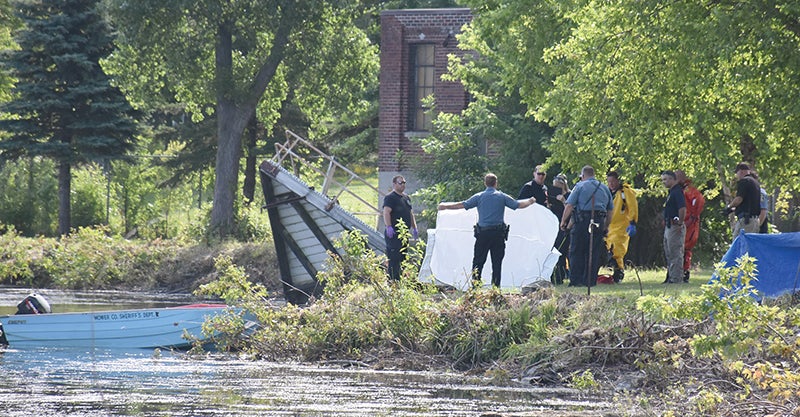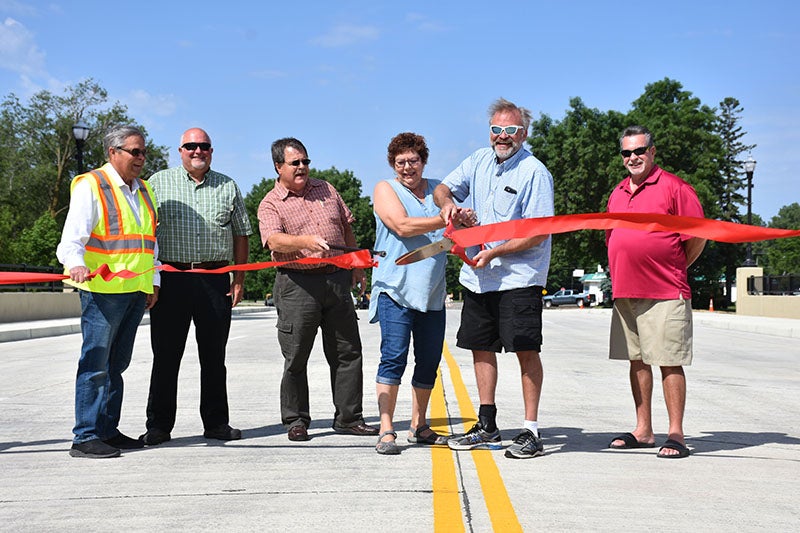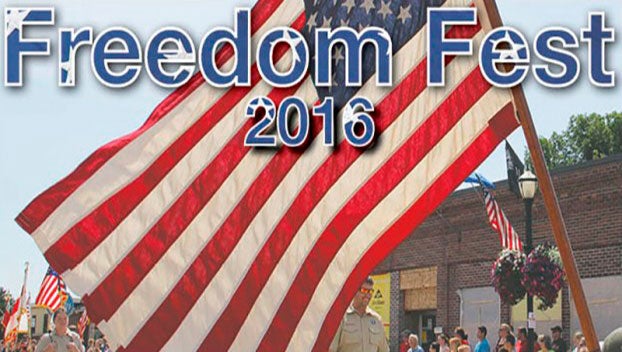Flood plain homes to be addressed
Published 12:00 am Thursday, August 12, 1999
They have not been forgotten, Kermit Mahan told the residents of 2nd St.
Thursday, August 12, 1999
They have not been forgotten, Kermit Mahan told the residents of 2nd St. SE who filled the HRA meeting room Wednesday. Some of them may, however, be the last to be moved from their homes near the Cedar River using the remnants of the federal funding from the severe flooding in 1993.
Mahan, the Housing and Redevelopment Authority director in Austin for more than 25 years, said there is approximately $300,000 left of the $3 million in federal money designated for flood plain clearance. The HRA, he said, would "march as far up 2nd St. as the dollars would allow."
That news came as a relief to several of the residents at the meeting, including Archie and Mildred Baley and Vernon Hart, who have been hoping to be moved out of the flood plain since at least ’93.
"At least we’ve got something to shoot for," Hart said after the meeting. "We’ve felt in limbo for years, (not knowing whether their home would be taken or not). I liked the chairman’s attitude – taking care of people before the church," he added, referring to the city’s previously publicized plans to change the old St. Paul’s church by the bandshell into a picnic/gathering area.
HRA chairman and Austin City Council member, Dick Lang, tried to keep the discussions focused, as there were several different issues raised about the area surrounding 2nd St. SE. These included run-off of silt and water from the Whittier Townhome project, Roger Bastyr’s dumping of railroad ties, asphalt and other debris over the years to build up the former business site of Roger’s Industry, and what would actually happen to the homes along the street.
Already the HRA has demolished a sixplex at the end of the street, and is purchasing the home of the late Mrs. Bellrichard. Wehner Construction has begun clearing out some of the debris on the land closest to the river, where the city’s bike trail will run next year between the Mill Pond and the Central Park/Bandshell area.
"To get the funding in 1993, the city had to document the most affected areas in a very short amount of time," Mahan explained in response to questions from residents about why they hadn’t been moved before. "Second Street SE was originally included in the project area, but it wasn’t included on the list of homes to be taken out initially. We always intended to target your area if we had residual funds … we were in the process of doing that when all this erupted."
Mahan told residents to expect staff from the city engineering department to be coming by to take shots of the level of their first floors, a part of the process of determining that homes are actually eligible for the program. Once that’s done, he said, appraisers would come and appraise the homes.
"You can accept or deny our offer," Mahan said. "If you accept, you have the choice of leaving your home and buying another outside of the flood plain or moving your home to another location – that’s a very expensive process usually."
He estimated the $300,000 left in the fund would cover the costs of acquiring four or five of the houses at the bottom of 2nd St. SE. He explained that the fund paid more than acquisition fees, it also has to cover demolition costs, asbestos removal and other related costs.
"Give us a couple more weeks," Lang said. "You might be the last ones, but we’re going to help you. We can’t guarantee how much we can do, but we’ll do as much as we can."





